step-drawdown test pdf
The first screen immediately shows the diagnostic plot because only one drawdown value per step is available for this test. Multi-well test spreadsheets included in this report are.
An equation to represent time-varying well loss is suggested and formulated to.

. A step-drawdown test makes it possible to evaluate the parameters B and C and eventually P. 8 Begin the step test. Test may determine if a step drawdown test is needed before the constant rate pumping test is conducted eg in situations where the aquifer conditions are not sufficiently understood.
A review of the literature and a study of a number of field tests shows that the presently used analysis and interpretation of step-drawdown tests can be misleading. In the ideal case drawdown becomes. The test is suitable for a design production rate of 35 gallons per minute gpm or less.
Are rarely encountered during a step-drawdown test and a factor of safety should be applied to the estimated sustainable yield. This content is PDF only. Usually the step-drawdown test is the first step after a sequence of practical operations carried out for the construc-tion of a new well.
Volume 7 Issue 1. A type of aquifer test in which the water level in a pumped well is measured while the well is pumped at a constant rate for a given period of time. Please click on the PDF icon to access.
Failure to account for such heterogeneity can lead to erroneous mis-interpretation of step-drawdown test results which may in turn result in expensive over- or under-design of long-term pumping plant. The pumping rate is successively increased for each of several time intervals the water level is measured during each interval and drawdown is calculated for each pumping rate. Step drawdown test.
Hantush-Jacob Leaky Aquifer Method and Distance-Drawdown Methods. Step -test data are analyzed by Rorabaughs method 1953 and by a graphical method. Step-Drawdown Test Analysis by Computer.
Until a steady state is reached. In the first place we have included the step-drawdown test the slug test and the oscillation test. 75 of the maximum design rate.
The total depth of the well is 400 feet with an open-hole interval of 320 feet. A step drawdown test is a pumping test in which the drawdown in a well is observed while the discharge rate from the well is increased in steps. We have also added three chapters on pump- ing tests in fractured rocks.
Generally a step-drawdown test comprises 3 to 5 steps of 60 minutes duration. The efficiency of a well is defined. Recommended steps for a step-drawdown test are based on the maximum design rate of the well and include.
Select this file from the list of existing files and select Rorabaughs method in the method selection form. The distance-drawdown method is an equilibrium or steady-state method thus storage cannot be estimated. The methods of analysis and the criteria for planning step drawdown tests are discussed and evaluated in order to produce an optimum test programme and a comprehensive test analysis.
All existing methods for analysing step-drawdown test data assume that the aquifer is homogeneous whereas most real aquifers are heterogeneous. Calculate elapsed time t min for each water level measurement during a given pumping rate. The step-drawdown test involved.
The maximum design rate of the well. Up to 10 cash back A step-drawdown test is one of the most widely used aquifer tests to estimate the groundwater well yield and the well performance. A method is proposed for analyzing transient step-drawdown test data by considering potential transient well-loss hydraulics.
The usefulness of the step-drawdown test is outlined and a hypothesis for reduction in specific capacity is offered. Step-Drawdown Pumping Test Example A step-drawdown pumping test was conducted on an 8-inch diameter test well completed in siltstones and shales of the Triassic Passaic Formation in Central New Jersey. Aquifer and the step-drawdown test.
Knowing B and C we can predict the drawdown inside the well for any realistic discharge Q at a certain time t B is time-dependent. 5 Theory of step-drawdown test analysis In a step-drawdown test the well is initially pumped at a low constant rate until the drawdown within the well stabilises ie. Step drawdown tests can be used to determine the aquifer transmissivity and the well loss component of the drawdown in the pumped well.
A Step-Drawdown Test is an accelerated pumping test for a single well designed to estimate the aquifer characteristics and performance of a pumped well under three successively higher pumping rates or steps under controlled flow. If a step drawdown test is done the well should be rested between the step test and the constant-rate pumping test to allow for the water. We can then use the relationship between drawdown and discharge to choose empirically an optimum yield for the.
Step-drawdown pumping tests sometimes also called step-discharge or well-performance tests are a widely used method todeterminethemaximumallowablepumpingrateofawaterwell Batu1998KrusemananddeRidder 2000Kasenow 2010The well is successively pumped at several commonly three to six increasing pumping rates. The test should be started at a defined time eg 1000 AM so. The step-drawdown in Kruseman and de Ridder 1990 which are stored in the Sheahan file.
50 of the maximum design rate. The pumping rate is then increased to a higher constant rate and the well is pumped until the drawdown stabilises once more Figure 51. Convert units to minutes and record values in a blank Excel spreadsheet Table 1 Col.
The aquifer storage coefficient can also be estimated. A step -drawdown test is conducted for six hours consisting of 3 to 6 steps. A short summary of this paper.
3 Full PDFs related to this paper. This we have done because of comments from some of our reviewers who regretted that the first edition contained nothing about tests in. Recovery is measured for 12 hours before starting the next phase.
Convert water level measurements to drawdown s ft by subtracting the water level. A constant -rate test is run for 12 to 24 hours and recovery is measured for the same duration as pumping. However some authors have used the step-drawdown test to evaluate drawdowns in unconfined hetero-geneous and anisotropic aquifers with good results Helweg 1994.
The first discharge rate is approximately 50 of the desired rate and each subsequent step increases the discharge between 20 and 25 above the previous. Calculate drawdown at a known pumping rate using the Graphical Method.
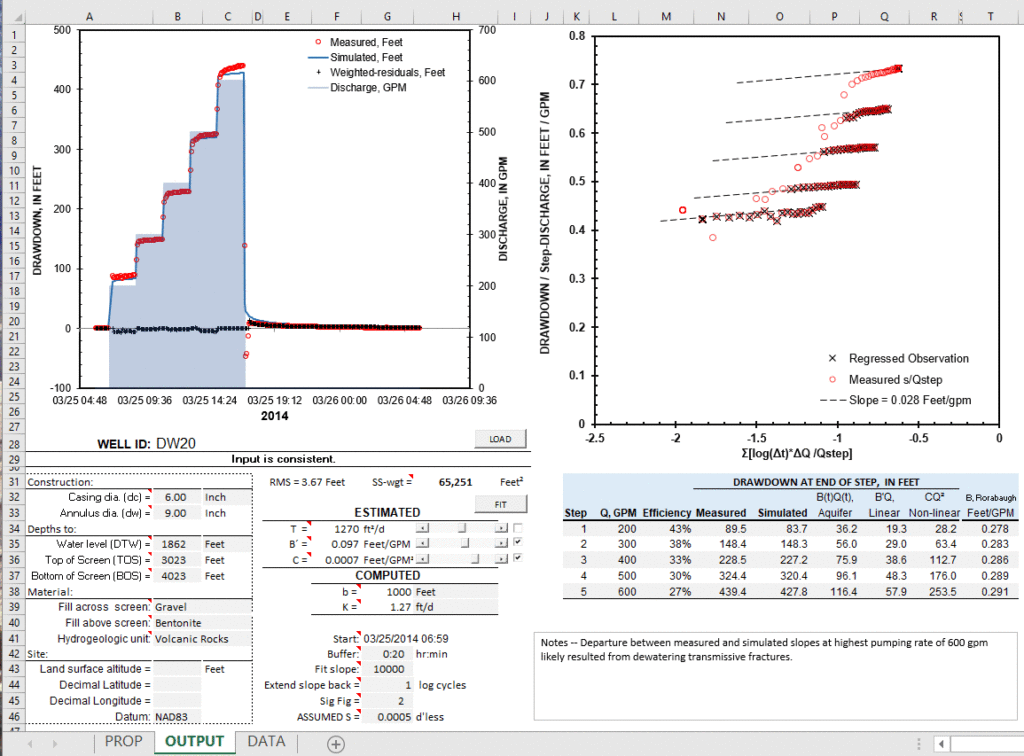
Step Drawdown Halford Hydrology

Drawdown Test An Overview Sciencedirect Topics

The Analysis And Planning Of Step Drawdown Tests Semantic Scholar

Drawdown Test An Overview Sciencedirect Topics

Pdf A Generalised Solution For Step Drawdown Tests Including Flow Dimension And Elasticity

Pdf An Approach To Interpretation Of Step Drawdown Tests

Pdf Download Financial Risk Management For Dummies Best Book By Aaron Brown Risk Management Management Books Financial Risk Manager

Pdf Determining Well Efficiency By Multiple Step Drawdown Tests Semantic Scholar

Drawdown Test An Overview Sciencedirect Topics

The Analysis And Planning Of Step Drawdown Tests Semantic Scholar
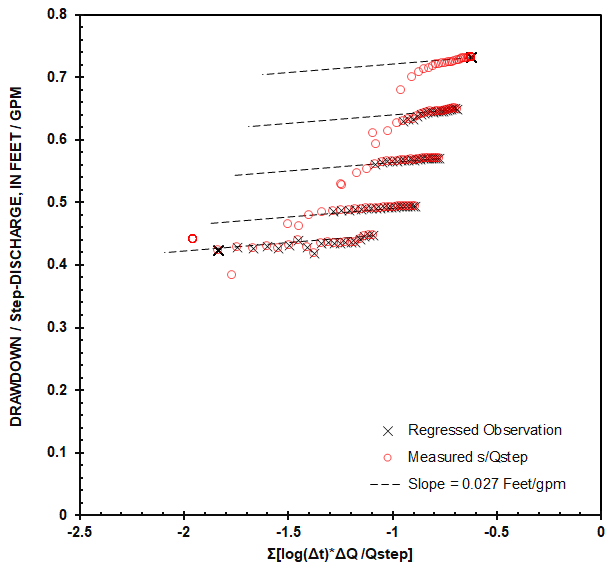
Step Drawdown Halford Hydrology

Step Drawdown Tests And The Forchheimer Equation Mathias 2010 Water Resources Research Wiley Online Library
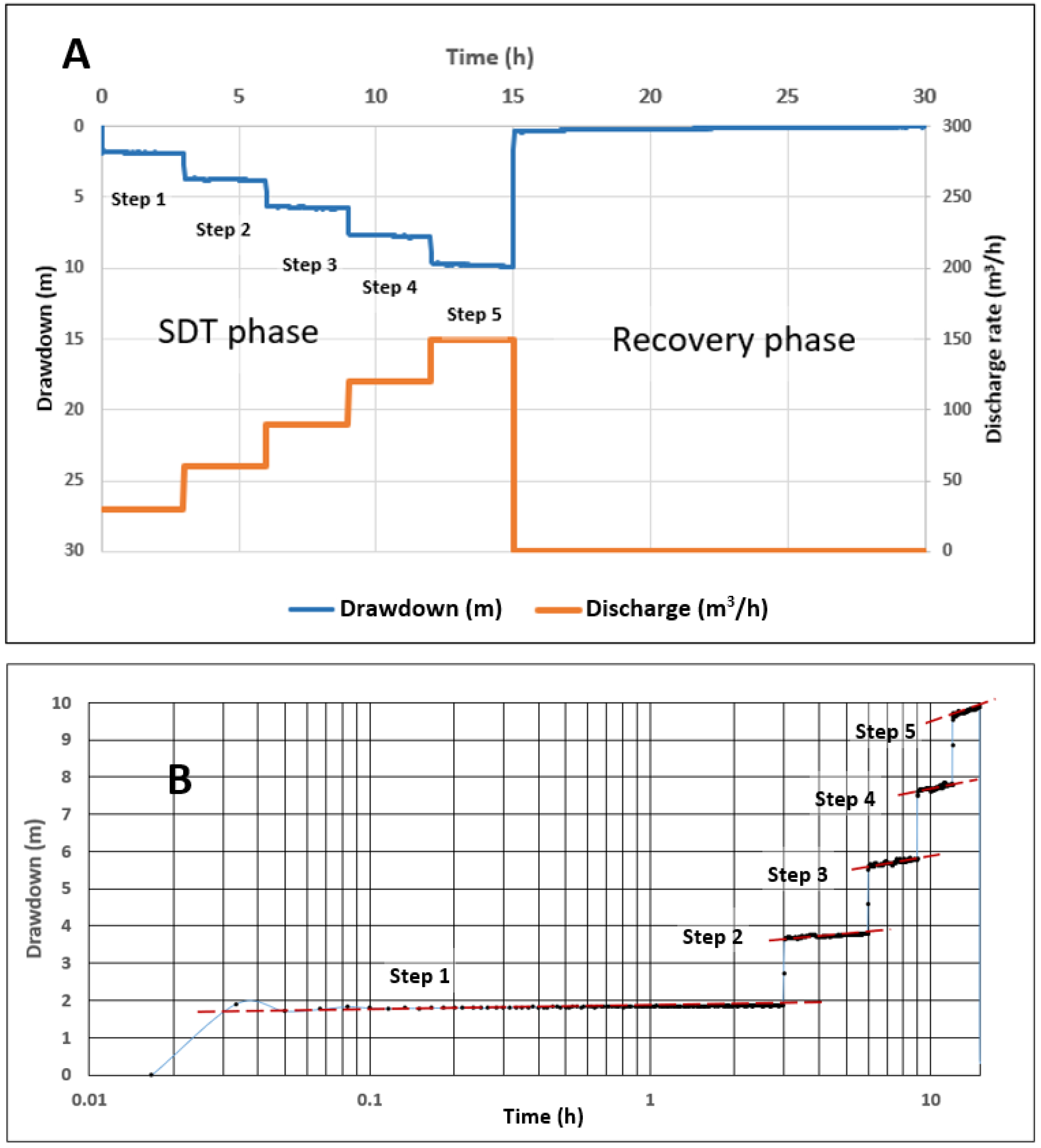
Water Free Full Text The Well Efficiency Criteria Revisited Development Of A General Well Efficiency Criteria Gwec Based On Rorabaugh S Model Html

Pdf Determining Well Efficiency By Multiple Step Drawdown Tests Semantic Scholar
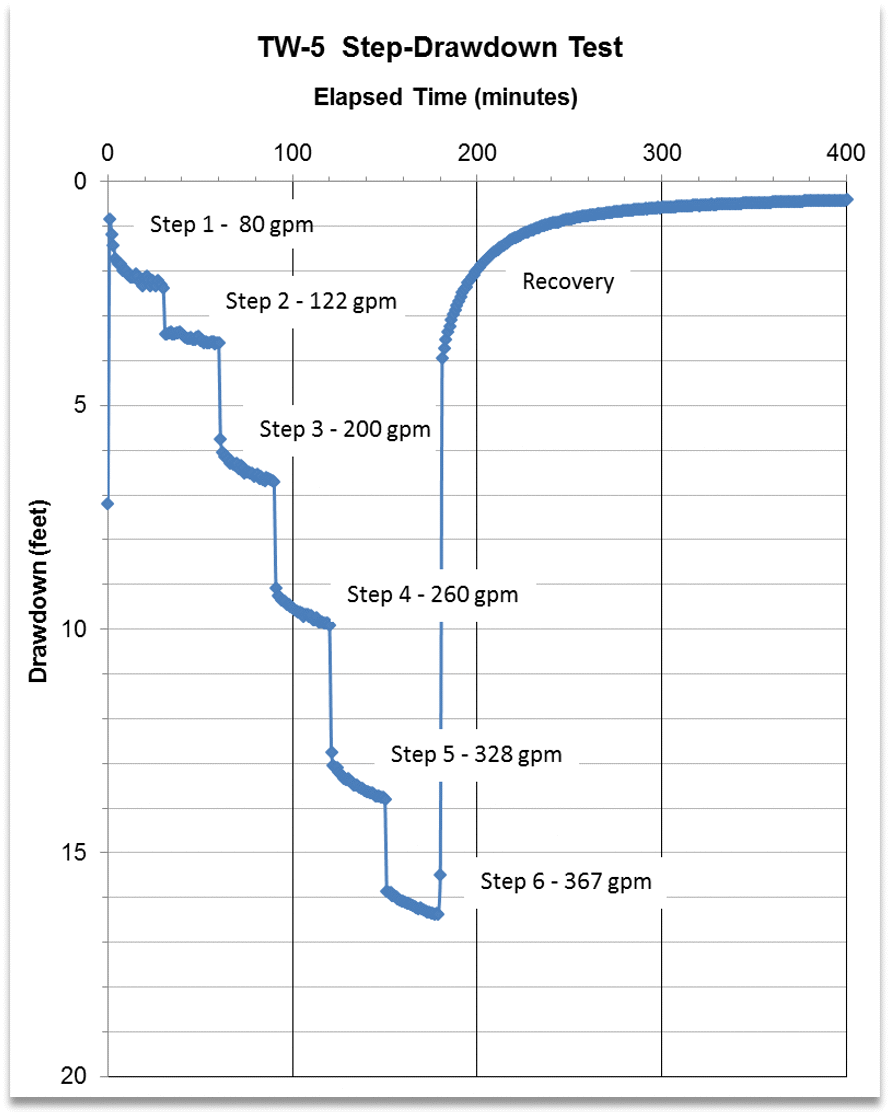
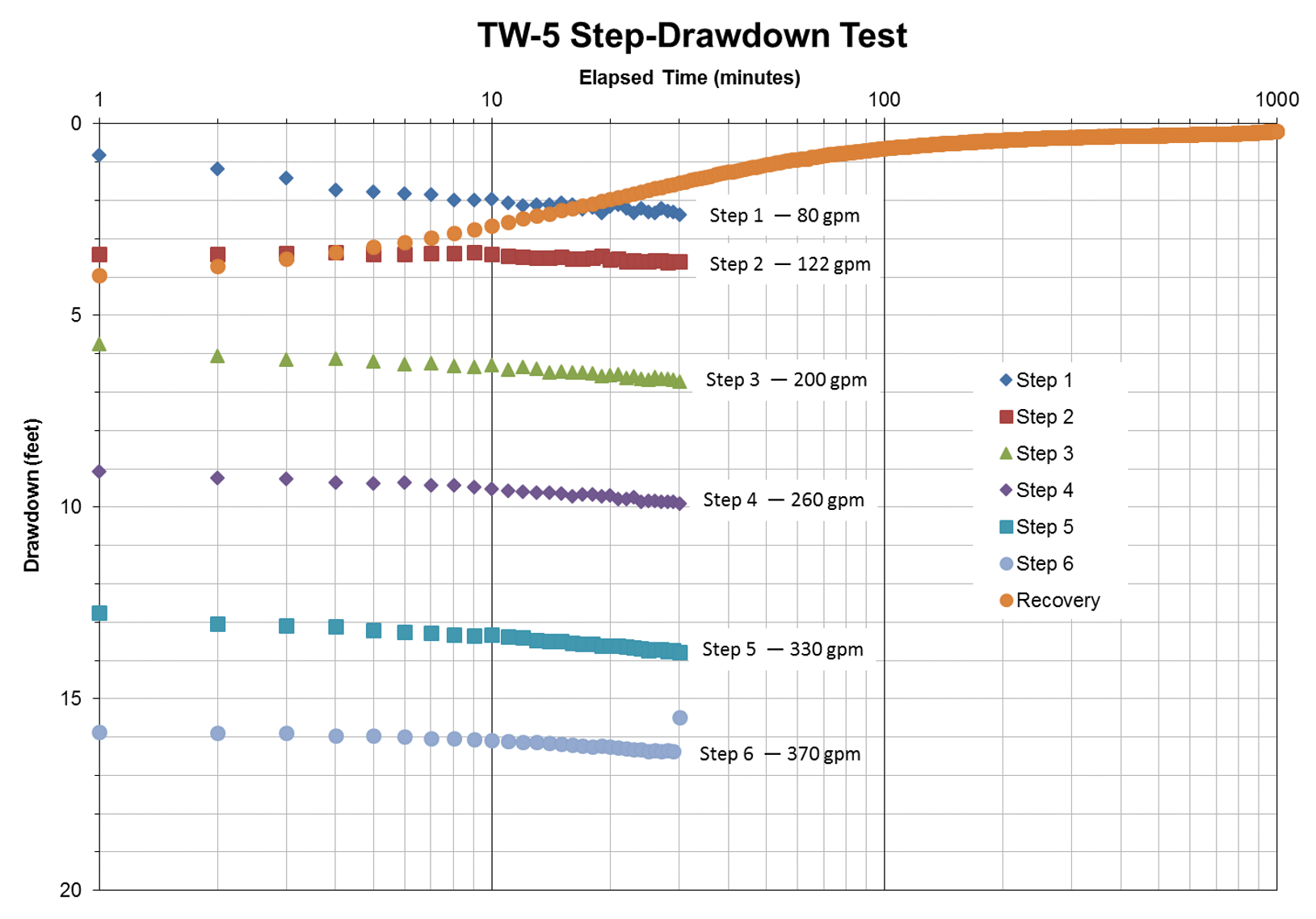


Comments
Post a Comment